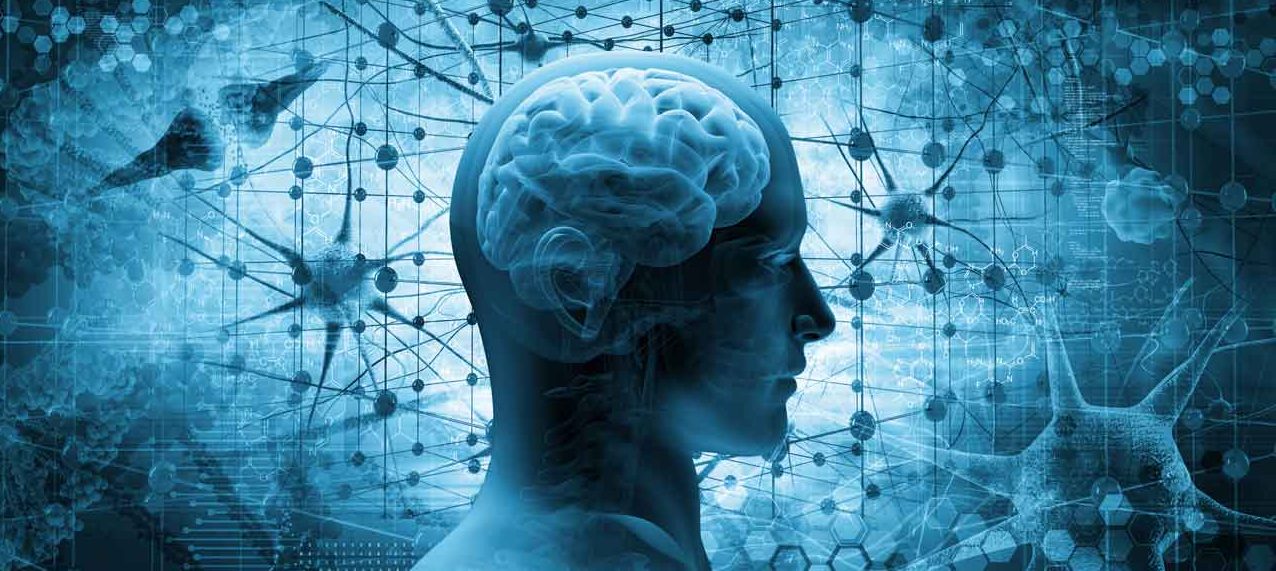Light Therapy for Alzheimer's Disease

Research is showing that light therapy for Alzheimer’s disease, used to stimulate the brain’s gamma waves, could help improve the lives of patients.
When your brain cells fire rhythmically, they produce waves that are categorized by their frequency. Different wave frequencies are associated with certain activities and mental results. Theta waves, for example occur during meditation or repetitive physical activities like running. Delta waves happen during deep sleep. Gamma waves happen during periods of excitement or mental focus.
It is gamma waves, according to a study published in the journal Nature, that could hold a new key to understanding and treating Alzheimer’s disease.
YOU MIGHT ALSO LIKE: What Is the Difference Between Dementia and Alzheimer’s?
Researchers at the Massachusetts Institute of Technology (MIT) had previously found that gamma waves were disrupted in the brains of participants with Alzheimer’s disease during brain activity associated with memory replay and consolidation. In the Nature study, they took that research further, investigating what would happen if missing gamma waves were reintroduced.
Light therapy for Alzheimer's disease
Studying the brains of Alzheimer’s disease-pattern mice, researchers found that stimulating slow gamma waves using light patterns caused a reduction of Alzheimer’s disease symptoms in the mice’s brains. Two of the symptoms are the presence of amyloid-beta cells and the function of the brain’s immune cells.
Amyloid-beta (also known as beta-amyloid or amyloid-β) is a protein fragment that previous research has identified as one of the likely causes of Alzheimer’s disease. Scientists at Stanford University found that amyloid-beta begins destroying synapses long before Alzheimer’s symptoms can be observed, then later clumps into plaque deposits around nerve cells, impairing the brain’s ability to send and receive messages.
In a healthy brain, those clumps are routinely cleared away before they have a chance to cause damage. In Alzheimer’s disease, the brain’s immune cells respond with inflammation, rather than clearing away plaque buildup around nerve cells, causing further trauma to the brain’s synapses.
The gamma wave stimulation performed in the MIT study, however, reversed this trend, causing the immune cells to resume removing plaque and other cellular debris, including amyloid-beta. It also decreased overall levels of amyloid-beta, leading to lower levels of plaque around nerve cells in the first place.
The Stanford researchers, though they were able to identify the dangers amyloid-beta buildup causes, concluded that “the extent to which these findings can be exploited therapeutically remains unclear.” The MIT team, however, believes their research can be developed into a new therapy for Alzheimer’s patients.
Their initial clinical trials used optogenetics, directly stimulating neurons in the hippocampus of mice’s brains with light to produce gamma waves. Though very precise and easy to measure, this form of brain wave stimulation involved drilling a hole in the mice’s skulls and injecting genes that would be receptive to different light frequencies.
A better theory
To develop a light therapy treatment that would be more practical for human patients, the MIT researchers created a second experiment. They used rapidly flickering LED lights to visually stimulate the brain, and the results were equally promising.
Mice that were exposed to an hour of gamma wave stimulation showed lower levels of amyloid-beta than mice that remained in the dark. Older mice, who already had plaque buildup in their brains, were given hour-long treatments each day for seven days, after which their brains showed reduced levels of plaque.
A third marker of Alzheimer’s disease, a form of neural dysfunction known as tau phosphorylation, was also lower after gamma wave therapy.
Though the MIT team has not yet determined whether light therapy for Alzheimer's disease can restore lost memory and learning, they are confident that their model of gamma wave therapy holds the key to a non-invasive treatment for Alzheimer’s.
YOU MIGHT ALSO LIKE: Early Bone Loss May Indicate a Risk for Alzheimer’s Disease
Updated:
April 18, 2023
Reviewed By:
Christopher Nystuen, MD, MBA